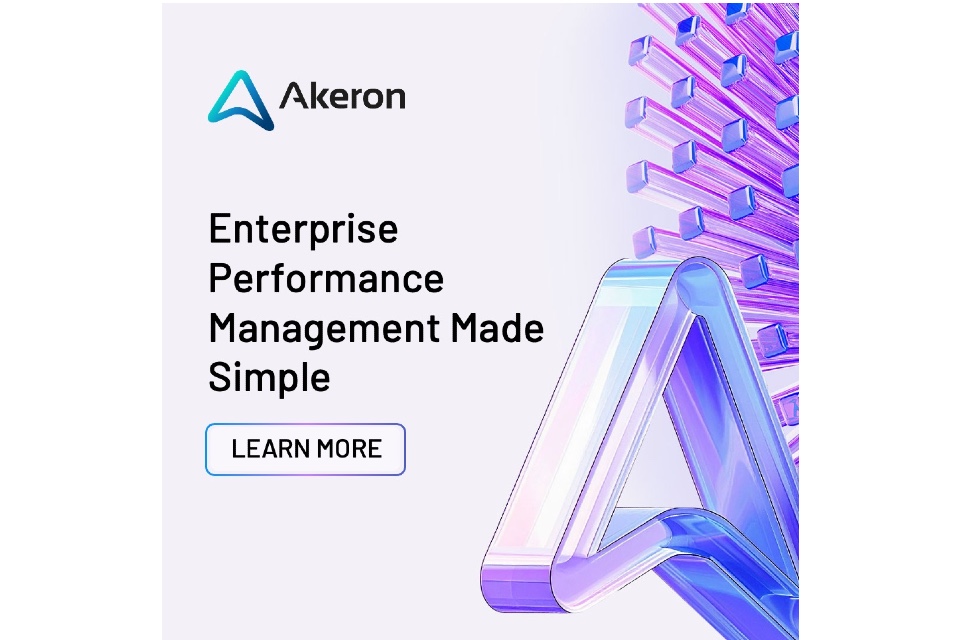If employees aren’t engaging with your benefits, you’re not alone. Too often benefit selection is seen as an administrative task. Employers must move beyond simply administering benefits and create an engaging and emotive benefits experience to make employees feel valued.
Digitising the user experience employees go through when navigating their benefits can not only help alleviate frustrations and increase take-up of benefits, but it can also create a valuable emotional touchpoint that enhances employee engagement and company culture.
The new user experience (UX) from Darwin employee benefits software takes a very human-centric approach, drawing on science by utilising five principles of emotional attachment, to create an intuitive user experience that makes employees feel valued, supported and in control.
- Control – Clear, simple and transparent information about their benefits choices, makes employees feel empowered, to improve trust and prevent feeling overwhelmed.2
- Confidence – Engaging visual confirmations, success messages and completion status reduce uncertainty and boosts confidence in benefits choices and the employer.3
- Reciprocity – Total reward statements demonstrate the full value of their employer’s investment in them to encourage individuals to want to give back to their employer.4
- Delight – Playful and engaging effects and language, instead of corporate jargon, makes interactions more fun and enjoyable to improve employee engagement.5
- Meaning – Aligning benefits to personal goals, values and life events, helps employees feel connected to their employer to increase their attachment and loyalty to their employer.6
As the future of technology evolves, so will digital employee benefits platforms. Advancements in AI are anticipated to not only further enhance the user experience but also the ability of employers to draw data insights to inform strategy.
Critical to success will be mindful innovation that doesn’t jump on trends for the sake of it but rather harnesses technology in a way that supports employee engagement strategies by personalising the user experience even further, to create yet more emotional touchpoints.
Learn more about Darwin employee benefits software here.
Footnotes:
- Internal data source.
- Drawing from Self-Determination Theory (Deci & Ryan, 1985) and Cognitive Load Theory (Sweller, 1988).
- Drawing from Cognitive Load Theory (Sweller, 1988) and Cognitive Closure Theory (Kruglanski, 1989).
- Drawing from The Reciprocity Principle (Cialdini, 1984) and Social Exchange Theory (Blau, 1964).
- Drawing from The Peak-End Rule (Kahneman & Tversky, 1999) and Flow Theory (Csikszentmihalyi, 1990).
- Drawing from Self-Signalling Theory (Bodner & Prelec, 2003).
The information contained herein is based on sources we believe reliable and should be understood to be general information only. The information is not intended to be taken as advice and cannot be relied upon as such. Statements concerning legal, tax or accounting matters should be understood to be general observations and should not be relied upon as legal, tax or accounting advice, which we are not authorised to provide.
Mercer Marsh Benefits is a trading name used by Mercer Limited who are authorised and regulated by the Financial Conduct Authority (Firm Reference Number 121935). Mercer Limited is registered in England and Wales (Registration Number 984275). Registered Office: 1 Tower Place West, Tower Place, London, EC3R 5BU.









